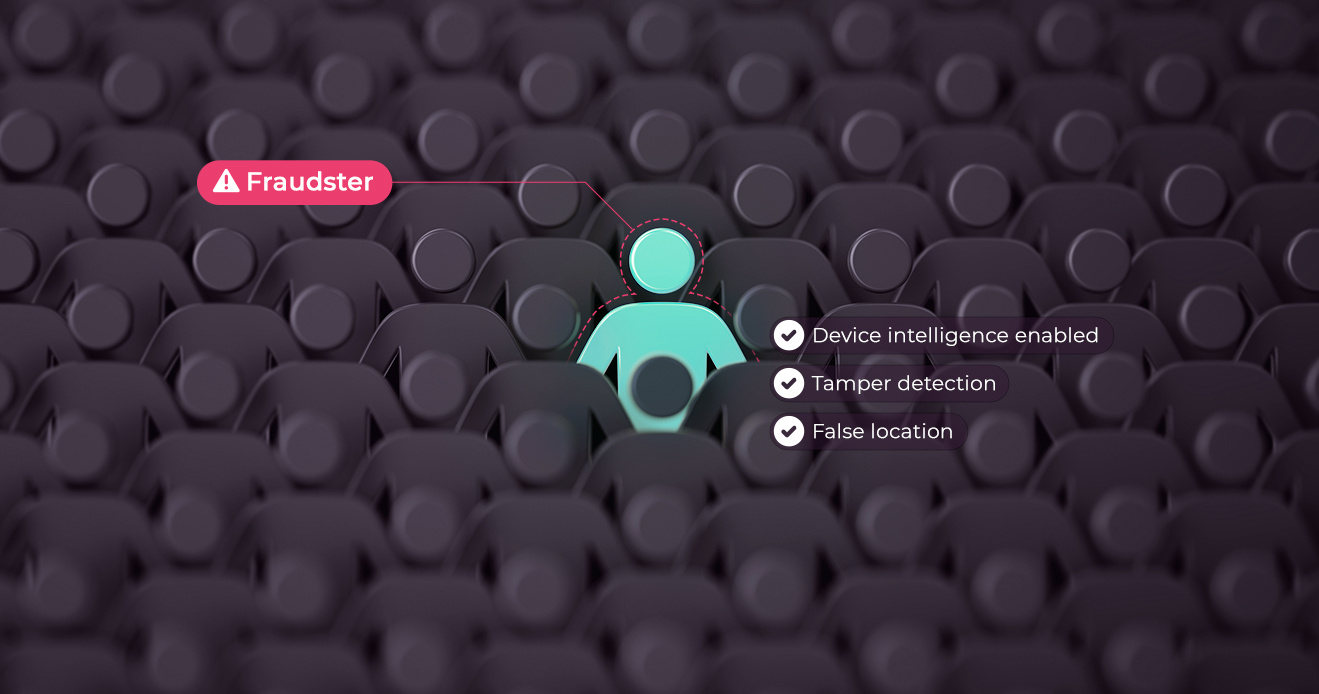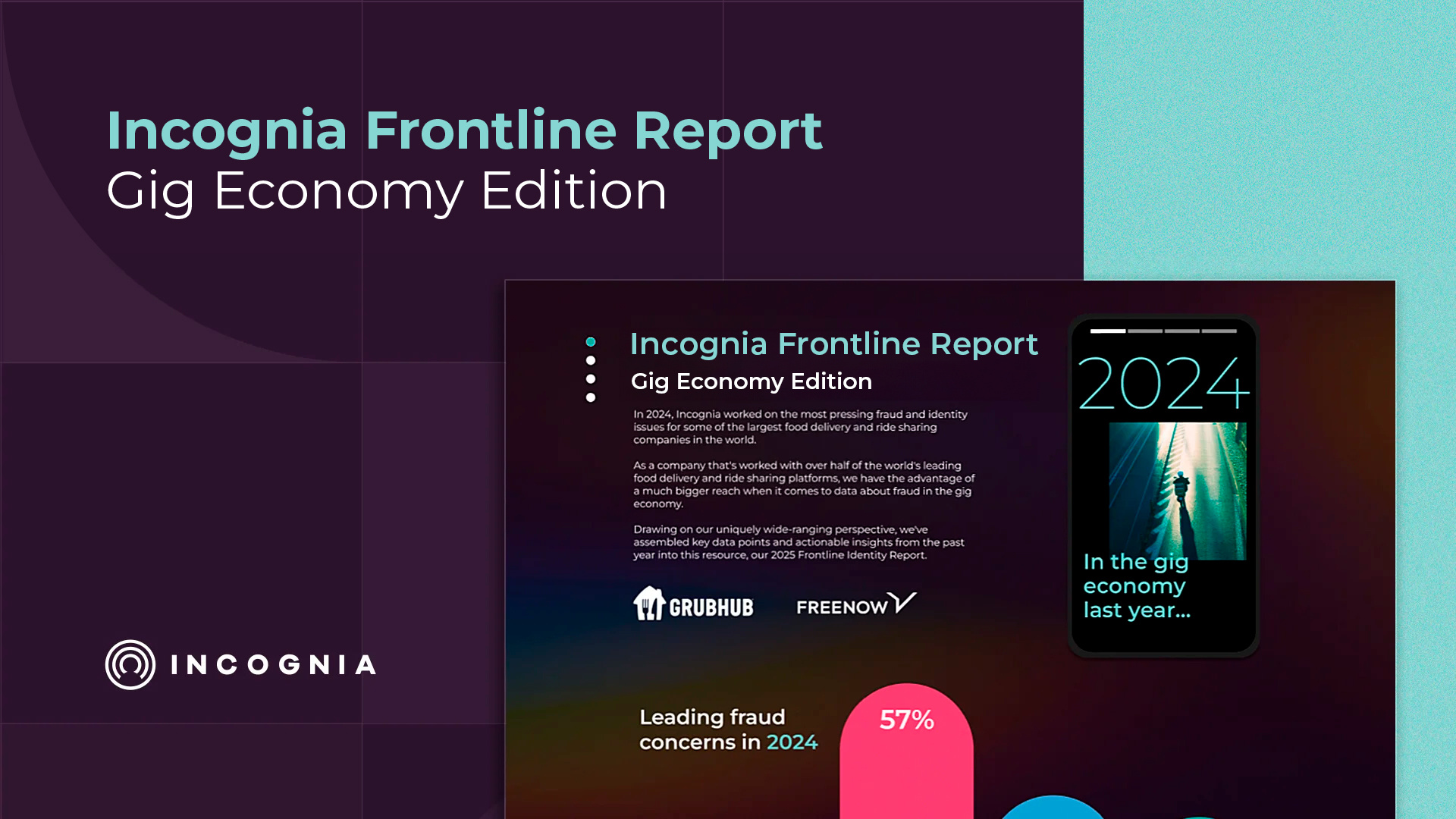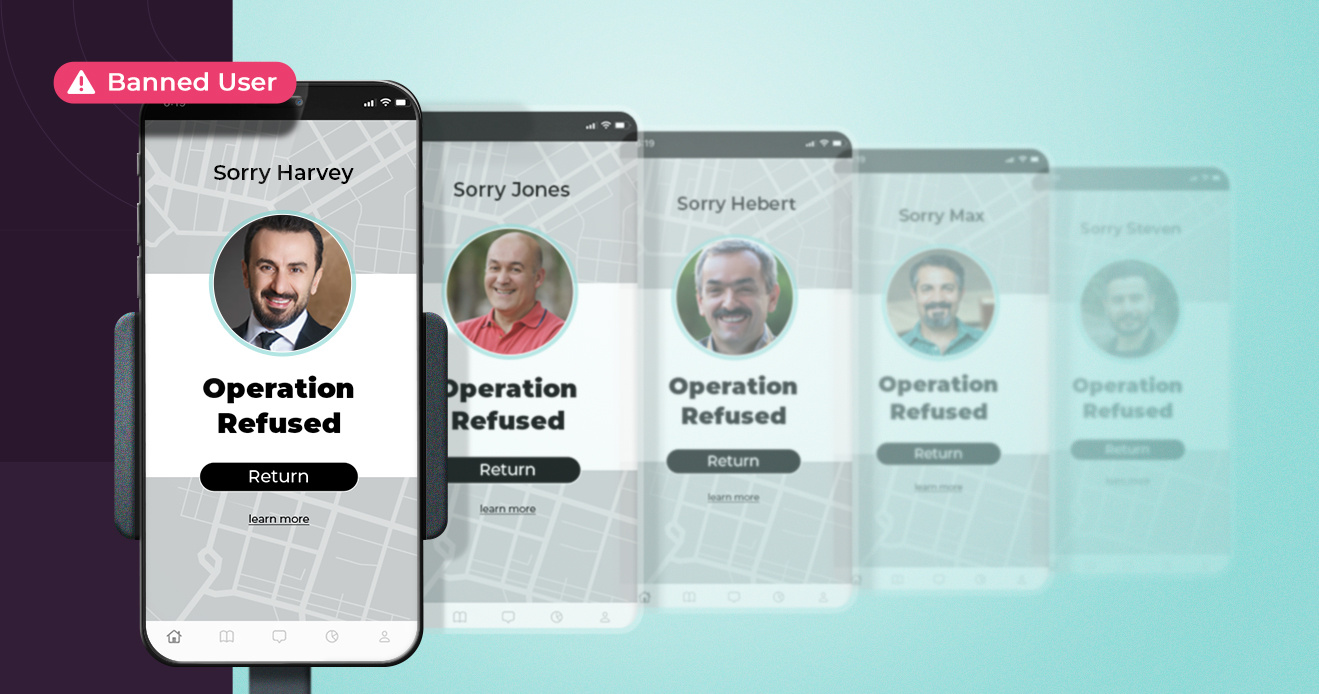- Blog
- New Account Fraud: Are You Missing This Critical Ride-Hailing Fraud Problem?
New Account Fraud: Are You Missing This Critical Ride-Hailing Fraud Problem?
A growing user base is usually a good sign that points to a healthy, expanding platform. But unfortunately, not all users join a platform with good intentions. Fraudsters can use user accounts like a resource that enables them to take advantage of the platform and its genuine users. In this post, we explore the threat of new account fraud in the ride hailing industry and what you can do about it.
Subscribe to the Incognia Newsletter
For those who prefer listening over reading, we've provided an audio transcription player below, allowing you to enjoy this post through your speakers or headphones.
The ride-hailing app industry has exploded in popularity in recent years, with around 300 million people worldwide taking advantage of their convenience and accessibility.
But with any big consumer draw unfortunately also comes the interest of fraudsters and other bad actors. Fraudsters compromise the integrity of ride-hailing platforms by using location spoofing, creating fake accounts, sharing their accounts with unauthorized drivers, abusing promotions, and much, much more.
At the core of many of these fraud challenges is multi-accounting: one user having multiple accounts for the purpose of committing fraud or ban evasion. And at the start of every multi-accounting attempt, we find another problem we can target: new account fraud.
Key TakeAways
- New account fraud can be a first step towards many other types of fraud, like multi-accounting, promotion abuse, identity fraud, and more
- Lacking a persistent device ID can make new account fraud tricky to detect, because the platform has limited visibility over repeat offenders
- Using persistent, tamper-resistant device ID signals can help platforms identify devices and new account fraud attempts more accurately
New account fraud is a hidden threat to gig apps
New account fraud is an umbrella term that describes any kind of fraud that undermines the onboarding or account creation process of a platform.
A few examples of new account fraud include:
- Multi-accounting or creating fake accounts
- Creating accounts using false or stolen information
- Using image injection tools to bypass identity verification at onboarding
- Using fake documents to bypass identity verification at onboarding
- Creating a new account after a previous one was banned (ban evasion)
New account fraud can be easy to overlook, because we tend to think of new user accounts as a good thing—systematic new account fraud can be easy to mistake for legitimate new user acquisition. But that’s not the only thing that makes detecting this type of fraud a challenge.
What makes new account fraud so hard to detect?
Identifying whether your platform has a new account fraud problem can be a bit of a Catch-22. For instance, if you don’t have the tools to re-identify previously banned devices when they come back to your platform, you also don’t have a way of measuring how big your ban evasion problem is—or you might not even realize you have a ban evasion problem.
A similar problem arises with image injectors and other tampering tools. Without tamper detection, you might not even realize that it’s the source of more noticeable downstream fraud impacts.
Fraudsters are also good at hiding their tracks. They use factory resets, developer mode, app reinstallations, tampering tools, and more to try to hide their identity and outfox the app’s fraud prevention measures.
All of these factors together mean that new account fraud can be tricky to properly identify and eliminate, but it’s definitely not impossible.
How to detect new account fraud
A combination of different risk signals can help platforms make better decisions about which onboarding users they allow to continue through the process.
Using Incognia as an example, our three-layered signal approach ensures that where fraudsters target one signal to tamper with, another signal is there to cover the gap and maintain the device fingerprint’s integrity. For instance, if a fraudster uses an app tampering tool to manipulate their device ID, our tamper detection layer will detect that tool and raise that device’s risk level accordingly. The more signals you have, the easier it can be to accurately identify new account fraud.
A new account is where everything starts, both for fraudsters and legitimate users alike. Protecting the integrity of your account creation process ensures that only the users you want on your platform actually gain access.
To learn more about how Incognia helps gig economy platforms tackle problems like new account fraud, take a look at our ride-sharing industry page here.




